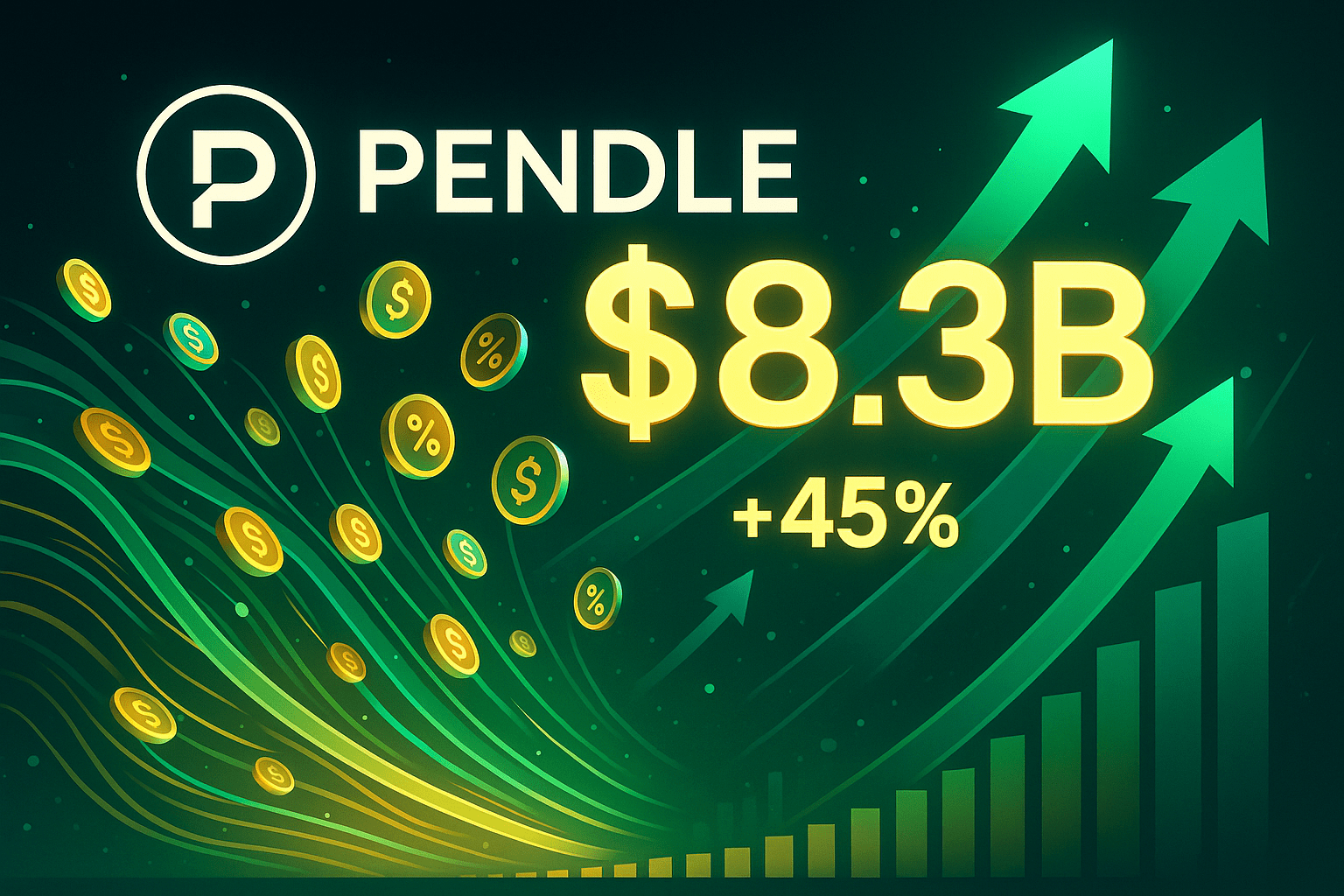
The DeFi yield trading sector has completely exploded. The total locked value of the Pendle protocol skyrocketed from $5.7 billion to $8.3 billion in just a week, an increase of 45%. The price of PENDLE tokens rose to $5.6, and the market's demand for yield trading products is simply insatiable.
Pendle's core innovation lies in separating the principal and yield of income-generating assets for trading. It sounds complex, but the logic is quite simple: you deposit income-generating assets like stETH, and the protocol gives you two types of tokens—Principal Token (PT) and Yield Token (YT), which you can trade separately.
What’s the beauty of this approach? Conservative investors can buy PT to lock in principal, while aggressive investors can buy YT for high returns. A more daring move is that you can sell future yield rights to realize gains early or buy someone else's yield rights to leverage for higher returns.
The newly launched Boros platform is even more of a boost. This platform allows you to trade yields without holding the underlying assets, similar to traditional financial interest rate derivatives, but with lower barriers and higher transparency. Professional traders can implement various complex yield arbitrage strategies on it.
$8.3 billion in TVL means what? This has surpassed many established DeFi protocols, and Pendle has officially entered the ranks of DeFi giants. More importantly, the growth rate is astonishing; a 45% increase in a week during a bear market is practically a miracle, indicating that there is real demand for such products in the market.
Why has it suddenly become popular? First, the market environment has changed; simple lending and mining yields are too low, and people need more sophisticated tools to optimize returns. Secondly, the product is indeed user-friendly, allowing beginners to get started. Finally, its safety has been tested over time, with no major issues.
Institutional investors particularly like Pendle. For them, this yield separation tool provides a more refined risk management method. Different combinations of PT and YT can be used to construct various risk-return characteristics to meet different client needs.
Of course, the risks cannot be ignored. Yield trading is essentially a derivative, with high complexity, and not everyone can handle it. Smart contract risks still exist, and the $8.3 billion honeypot is a huge temptation for hackers. Regulatory risks are also present; such complex products will inevitably attract regulatory attention.
But in any case, Pendle's success proves the vitality of DeFi innovation. While everyone else was copying Uniswap and Compound, Pendle forged its own path. The yield trading sector has just begun, and the potential for the future is enormous.



